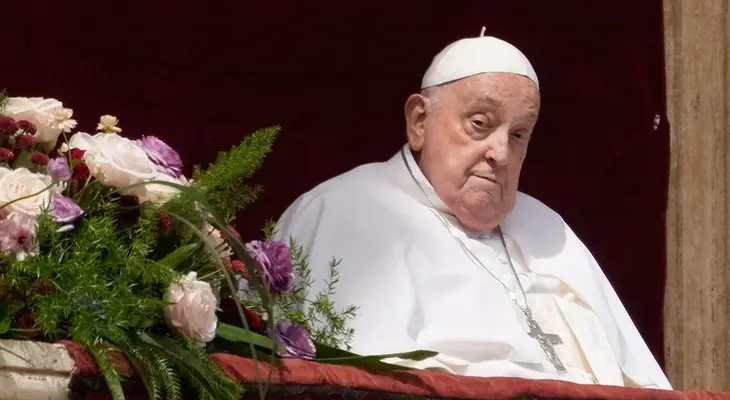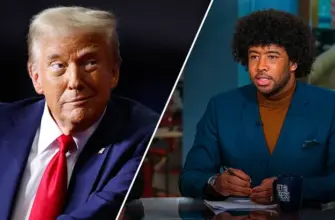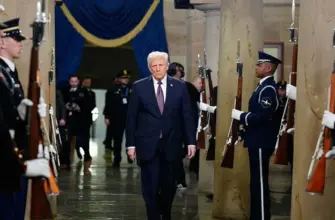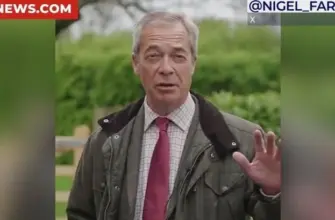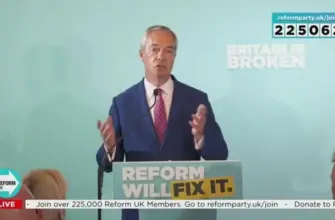As the world observes the passing of Pope Francis, anticipation builds among Catholics and beyond for the selection of his successor. The College of Cardinals will soon convene in what is known as a conclave – a closely guarded process designed to ensure an unbiased choice.
The Conclave Process
Following the death of Pope Francis, who passed away on April 21, 2025, after serving for twelve years as Bishop of Rome (born Jorge Mario Bergoglio), the conclave will begin approximately 15 to 20 days later. This process is overseen by the Camerlengo, currently Cardinal Kevin Ferrell.
“Anything could happen,” explains Tim Gabrielli, associate professor and Gudorf chair in Catholic intellectual traditions at the University of Dayton. “I think anybody who says otherwise is maybe posturing.”
During this secretive gathering, cardinals are sequestered within the Vatican’s Sistine Chapel, shielded from external influence and media contact. The voting process involves secret ballots; a two-thirds majority is required for election. After each round, ballots are publicly burned – black smoke signaling further voting rounds, while white smoke announces the selection of a new pope.
Potential Candidates and Church Dynamics
Several cardinals have been mentioned as potential contenders, including Italian Cardinal Pietro Parolin, Filipino Cardinal Luis Antonio Tagle, Hungarian Cardinal Peter Erdo, and American Cardinal Raymond Burke. However, Gabrielli emphasizes the complexity of the situation: “We’ve got a group of people who play important roles in the church throughout the world, and they’re coming together, spending time together, and this group of cardinals hasn’t spent a lot of time together.”
Pope Francis significantly expanded the College of Cardinals, including appointments from developing nations. As Gabrielli notes, “Christ is to be found at the margins.” This reflects a broader trend in Pope Francis’s leadership.
A Legacy of Change and Global Impact
Pope Francis, who was 76 when elected in 2013, often defied expectations. Some Catholics considered him “non-traditional,” noting his progressive approach to various issues. Throughout his papacy, he championed causes such as greater equality within the Catholic Church—including pathways for divorced Catholics and blessings for same-sex couples—and consistently prioritized environmental protection, building on the efforts of previous popes like Benedict XVI and John Paul II.
“My read is that he had certain particular processes and structures that he was very interested in setting into motion, like the work on synodality more recently,” Gabrielli observed. His focus on climate change also spurred global conversations.
The Election: A Unique Process
While comparisons to U.S. political elections are tempting—particularly in attempting to categorize cardinals along Republican or Democrat lines—Gabrielli cautions against such assumptions. “It’s very tempting to map folks into our political categories,” he said. “Those just don’t work very well in the Church.”
Currently, there are 252 living cardinals, but only those under the age of 80 are eligible to vote. A maximum of 120 cardinal electors comprise the voting college—a limit established by Pope John Paul VI in 1975.
Looking ahead, Gabrielli suggests, “I think it’s possible that someone could be seen as close to Pope Francis. I think it’s also possible for someone to be elected who has a different set of priorities than Pope Francis.”

